When a customer has a problem, and they search for an answer online, you want to provide them with the answer.
But people experience different problems at different times, so you need a collection of information that can answer a variety of questions.
That’s where a knowledge base can help.
In this article, we’re going to look at what you need to create an efficient knowledge base system for your customers and your employees.
But let’s not run before we can walk. First, let’s clarify what a knowledge base system actually is.
What is a knowledge base system?
Put simply, a knowledge base is an online system that aims to solve problems.
It provides FAQs, how-to guides, and troubleshooting instructions for users that need more information about a product, service, or company.
This video is a perfect example of the type of content you’ll find in a knowledge base:
Who needs a knowledge base system?
There are 2 types of knowledge base, each serving a different type of user.
But no matter who the knowledge base is serving, the end goal is the same: to provide support.
Let’s take a look at these user types in more detail:
- Internal: employees use an internal knowledge base. It provides them with access to important business information and guidance that helps them do their job efficiently.
- External: an external knowledge base is for clients and customers. It outlines everything they need to know about a product or service, giving them the support they need to address any issues or concerns.
Take a look at monday.com’s support page as an example of an external knowledge base.
What are the benefits of using a knowledge base system?
It takes a lot of time and effort to create a successful knowledge base.
So, is it worth it?
We’ve outlined some of the benefits so you can decide for yourself.
Centralized information
A knowledge base is incredibly useful for storing all your business and product information in one location.
But why is this important?
Having a central location makes it easier for employees to find the information they need. And the same goes for customers, too.
They can all head to a single location to find the information they need.
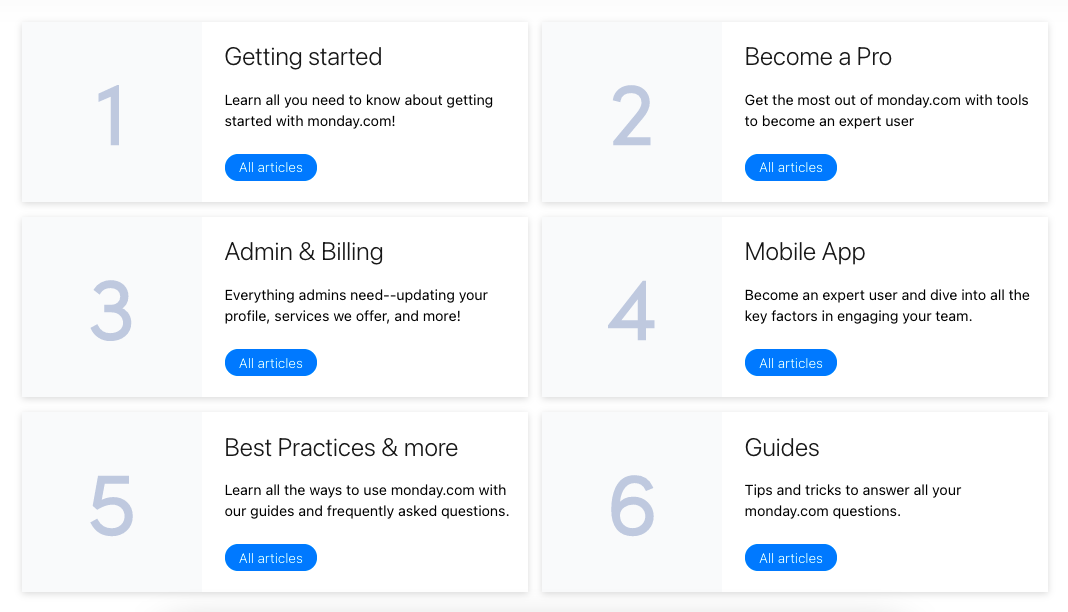
And this is especially helpful as your business grows.
As you have new information and processes to remember and follow, a knowledge base keeps track of the most current and up-to-date information.
Increased customer satisfaction
Having easy access to support information is useful for customers who want answers to their problems — and fast.
With a knowledge-based system, customers can resolve their problems quicker and on their own time. So long as they have an internet connection, they can find the answers they need.Not to mention, it provides them with a more consistent way to resolve their problems.
They know that they can visit your knowledge base if they have a problem. There’s no need to go searching through endless search results on Google.
As a result, your customers have a better experience with your company.
And with research showing that customers value online efficiency, it’s a good idea to make sure your systems provide them with the information they’re looking for.
Improved productivity
If your customers use your knowledge base to answer their problems, they don’t need to get in touch with your team.
As a result, your internal support team can be more productive with their time.
Put simply, an external knowledge base allows your team to spend less time communicating with clients and more time focusing on other tasks.
For example, if your customer service team spends less time conversing with customers, they can spend more time focusing on ways to improve the customer experience.
So even though your team will spend less time communicating with customers, they’ll be able to help the business grow in other ways.
3 stakeholders of your business’ knowledge base system
There’s more than one party that benefits from your business having a robust knowledge management system.
In fact, there are 3:
- Customers
- Employees
- Shareholders
Let’s take a look at these stakeholders in more detail.
1. Customers
Customers have an interest in your external knowledge management software.
Why?
Because an efficient knowledge base can save them the time and hassle of having to get in touch with you directly.
But if your knowledge base isn’t up to scratch, it can be counterproductive.
Customers want a knowledge base that’s full of useful and relevant information.
If they head to your website and can’t find the information they’re looking for, or if the solution you’ve provided doesn’t work, chances are you’ll have a frustrated customer on your hands.
So when it comes to creating a knowledge base, think about what information you provide to your customers. If it doesn’t provide them with what they need, they might not stick around.
2. Employees
Unlike customers, employees have an interest in both knowledge base systems.
Let’s take a look at why this is:
- Internal: an internal knowledge base is specifically designed for employees, so it’s no surprise that they’d have an interest.
The knowledge base should give them the answers to any questions they have about internal business processes. As a result, it helps them work efficiently, providing them with the information they need to do their job.
- External: an external knowledge base helps customers, but it indirectly helps employees. By supporting customers, it frees up time for employees to focus on other work.
So whether you’re creating an internal or external knowledge base, your employees will benefit from both.
3. Shareholders
People who have shares in your business have an interest in how it performs.
Think about it. Your knowledge base provides customers with a better service, which increases the chance of customer retention and acquisition.
In other words, if your knowledge base is successful, it can impact the overall success of the company.
And this is something shareholders will be interested in.
So if your knowledge base helps customers solve their problems and allows employees to be more productive, shareholders will be glad to hear it.
5 traits of an efficient and helpful knowledge base system
To help you find useful and efficient knowledge base software, we’ve outlined 5 of the most important traits to look out for on your search, starting with automation.
1. Automations
When it comes to managing your knowledge base, you want to be as efficient and streamlined as possible. Especially if you’ve got a lot of information to manage.
That’s where automation can help.
They allow you to automate repetitive tasks, which saves you time and allows you to focus on more important work.

Let’s use an example.
Your service desk team wants to reply to every customer query and comment on your knowledge base articles.
To do this, they’re regularly reviewing the content for comments. As you can imagine, this is pretty time-consuming.
So, you create automation.
Whenever a customer adds a comment or question to any of your articles, the service desk team receives an automatic notification. This saves them time and makes their day-to-day work much more efficient.
When you’re looking for knowledge base software, make sure you review the platform’s automation capabilities.
2. Search function
If you have a lot of information stored in your knowledge base, it can be tricky for users to find what they need.
That’s where a search bar can help.
A search function makes your knowledge base easier to navigate. Users simply have to search for a word or phrase, and voila. They can easily find the information they need. Much easier than manually going through every piece of information, don’t you think?
Take a look at monday.com’s help center as an example.
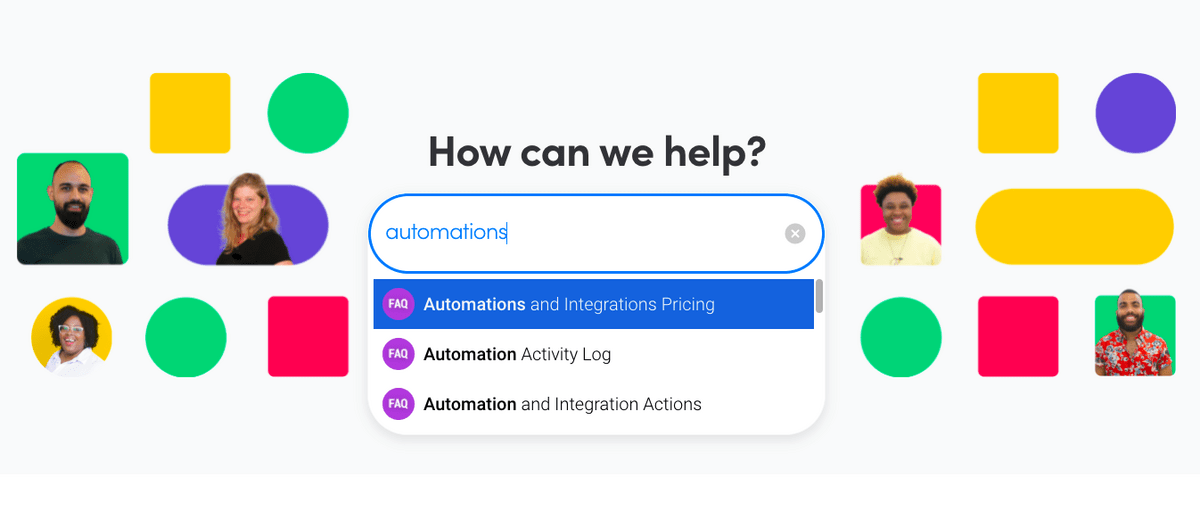
Make sure you look out for this feature when you’re searching for knowledge base software. Trust us when we say your users will thank you.
3. Share information
Imagine your team has just started using a new piece of video-editing software.
You come across a problem with the software that neither you nor your team can solve, so you head over to the company website.
You quickly find the information you need to solve the issue on their knowledge base, but there’s no way to share it with your team.
As a result, you’re forced to explain the resolution to your team yourself. Alternatively, you could ask them to find the information themselves.
But either way, it’s not very productive.
And that’s why being able to share information with your team is important.
Without this capability, you risk damaging your productivity and efficiency.
So keep an eye out for a platform that allows you to easily share files and information with other users.
4. Multimedia use
If your knowledge base only allows you to upload files as a document, what happens when you need to upload a video? Or an image?
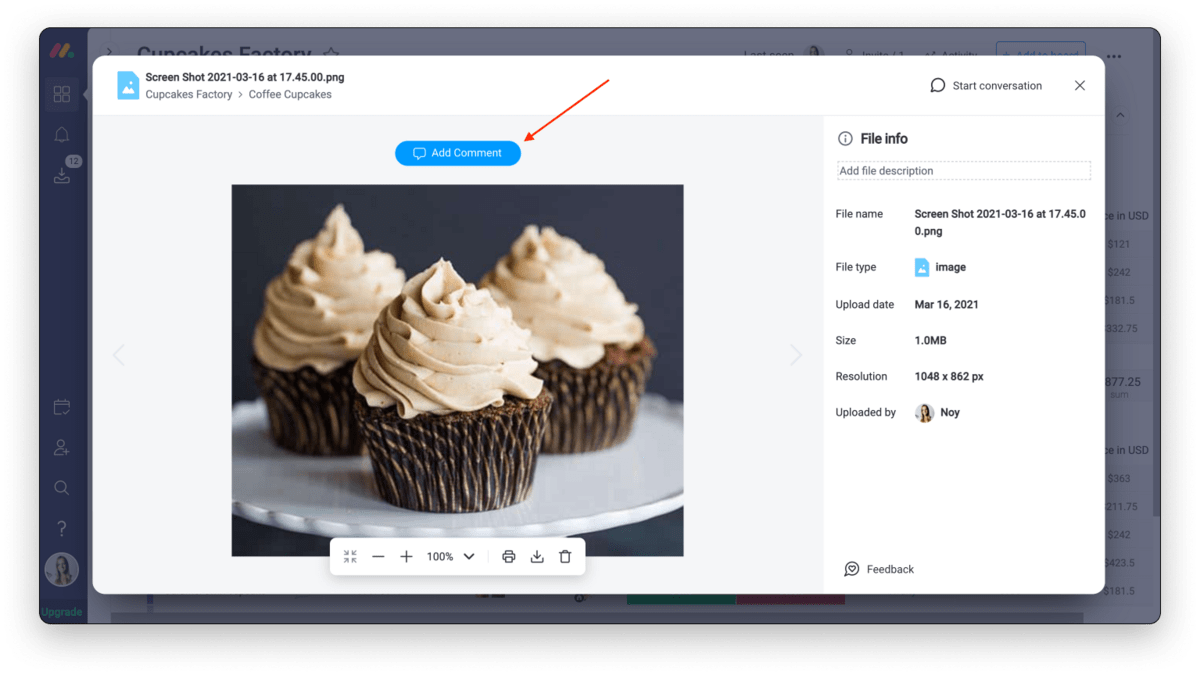
What we’re trying to say is that you need a platform that allows you to upload multimedia files.
Without this feature, you might not be able to provide your users with the level of support they need.
For example, let’s say one of your employees is struggling to follow a how-to guide for a specific piece of company software. They’ve said that a video would work much better.
But if your platform doesn’t allow you to upload video, you can’t provide your employee with the level of support they need.
So make sure you review the file formats your knowledge base platform can support. The more variety, the better.
5. Easily make changes
To keep your knowledge base up-to-date, you need a platform that allows you to easily make changes and updates.
Why?
Because over time, your processes will change.
As a result, you’ll need to update the information on your knowledge base.
So make sure you find a platform that makes it easy to update your existing content and to upload new content. Otherwise, you could be stuck trying to make amends for longer than necessary.
Can you use monday.com as a knowledge base?
Put simply, yes.
monday.com is a work management system. We help teams plan, manage, and organize their information to create an efficient workflow.
So it’s safe to say we’ve got the features and functions you need to create a solid knowledge base.
Let’s take a look at some of our features in more detail so you can see for yourself.
- Customizable: monday.com is built for customization. Whether that’s creating a structure for managing documents and files, adding new columns to your projects, or changing the way you view your boards.
So if you’re looking for a platform that gives you the flexibility to design a custom knowledge base, we’ve got you covered.
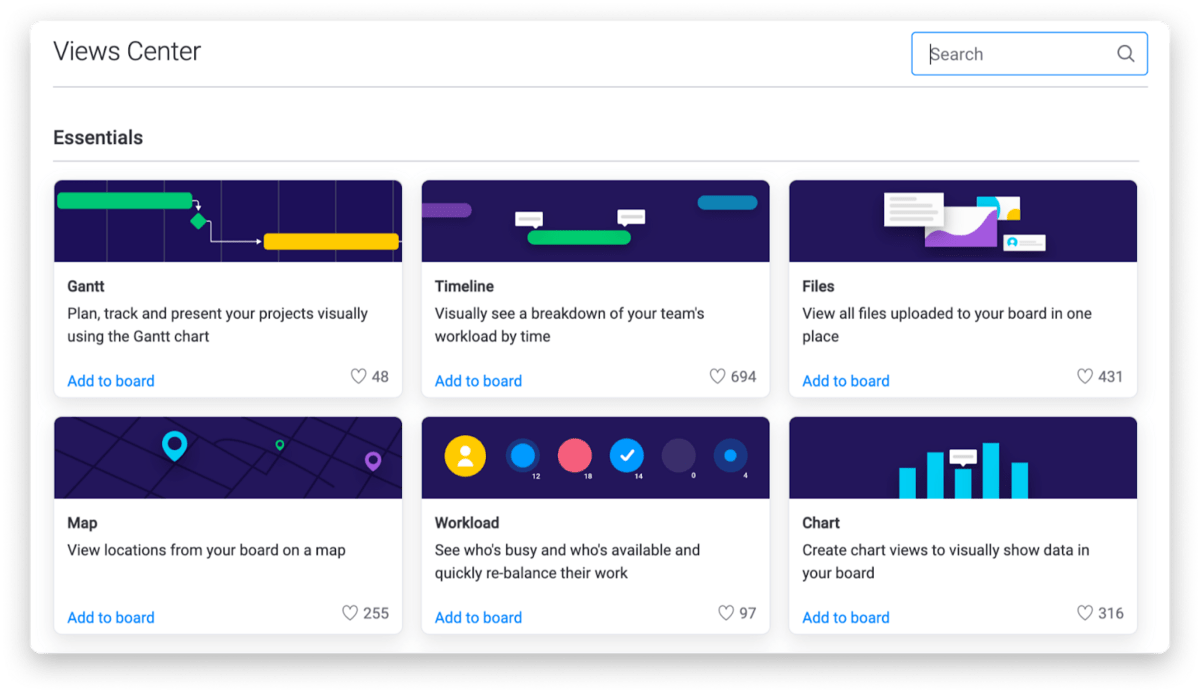
- Share with your team: We know how important sharing information is when it comes to your knowledge base. That’s why our platform makes it easy for teams to communicate, collaborate, and share information.
You can send direct messages, share team-wide updates, and even tag users in specific comments and tasks.
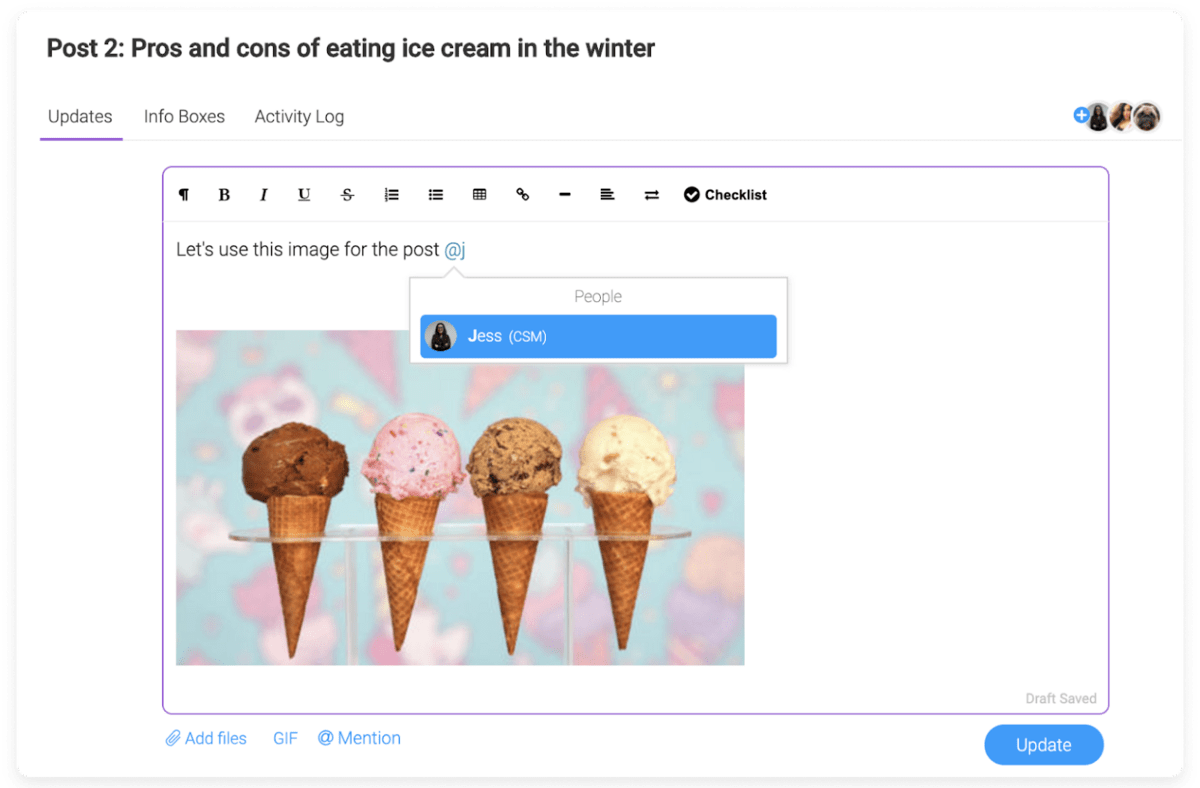
- Add automation: We’ve already talked about the importance of automation in knowledge management software. And the good news is that monday.com has plenty of automation for you to choose from.
You can use our pre-made automation recipes or create your own from scratch.
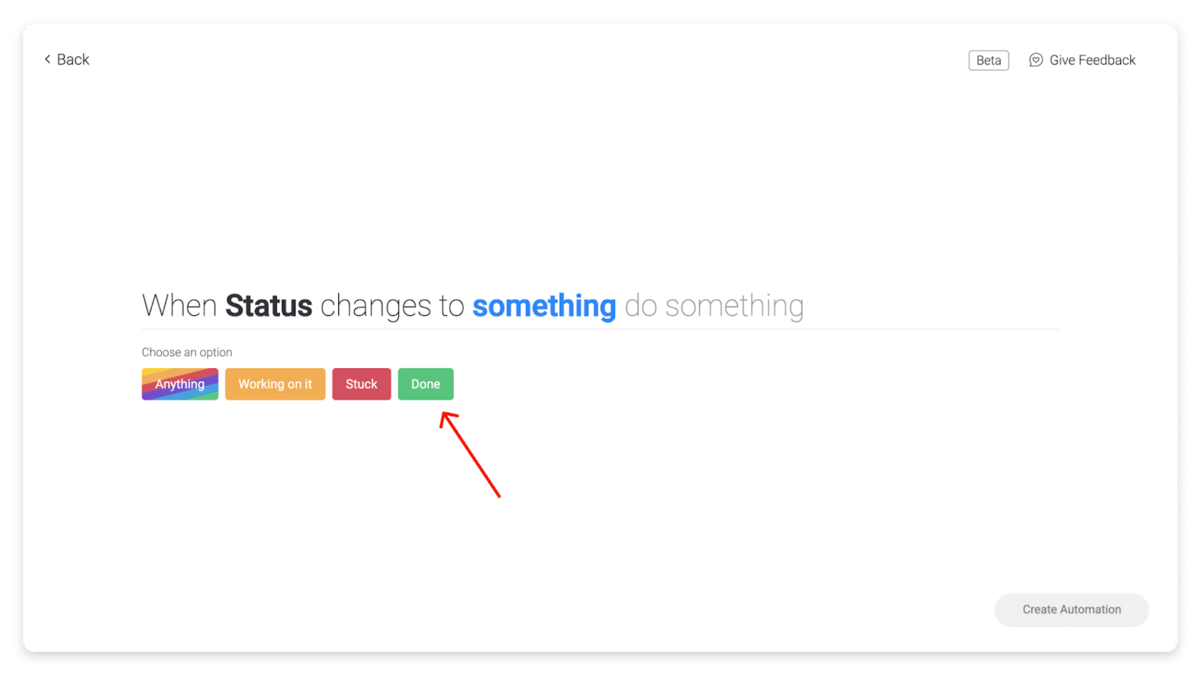
- Make changes in real-time: Have you noticed an error in an article? Or do you need to update some information? Don’t worry. With monday.com, you can quickly and easily make changes — and it’ll be instant.
Our cloud-based software allows everyone in your team to see changes as soon as you’ve made them live.
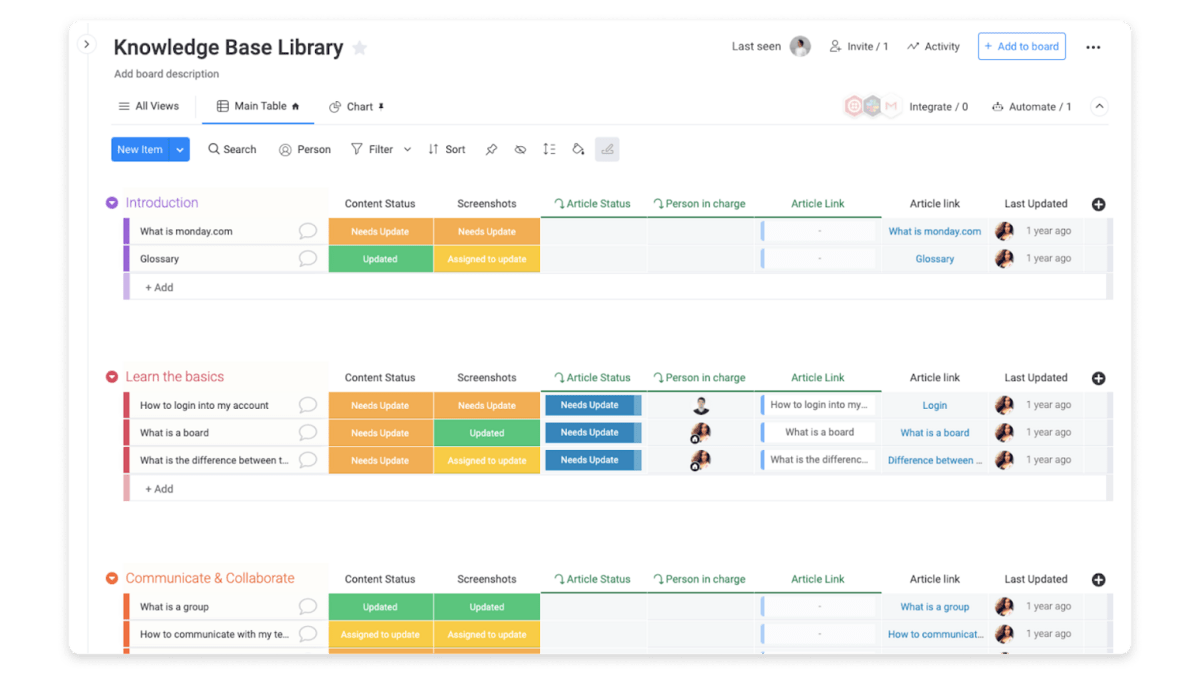
Create an efficient knowledge management solution
Now you know what a knowledge base is and how to create one — it’s time to put these skills into practice.
If you’re not sure where to start, why not take a look at our content calendar template? This template allows you to plan and schedule your knowledge base content before you make anything live.
And don’t forget: it’s customizable, too.

